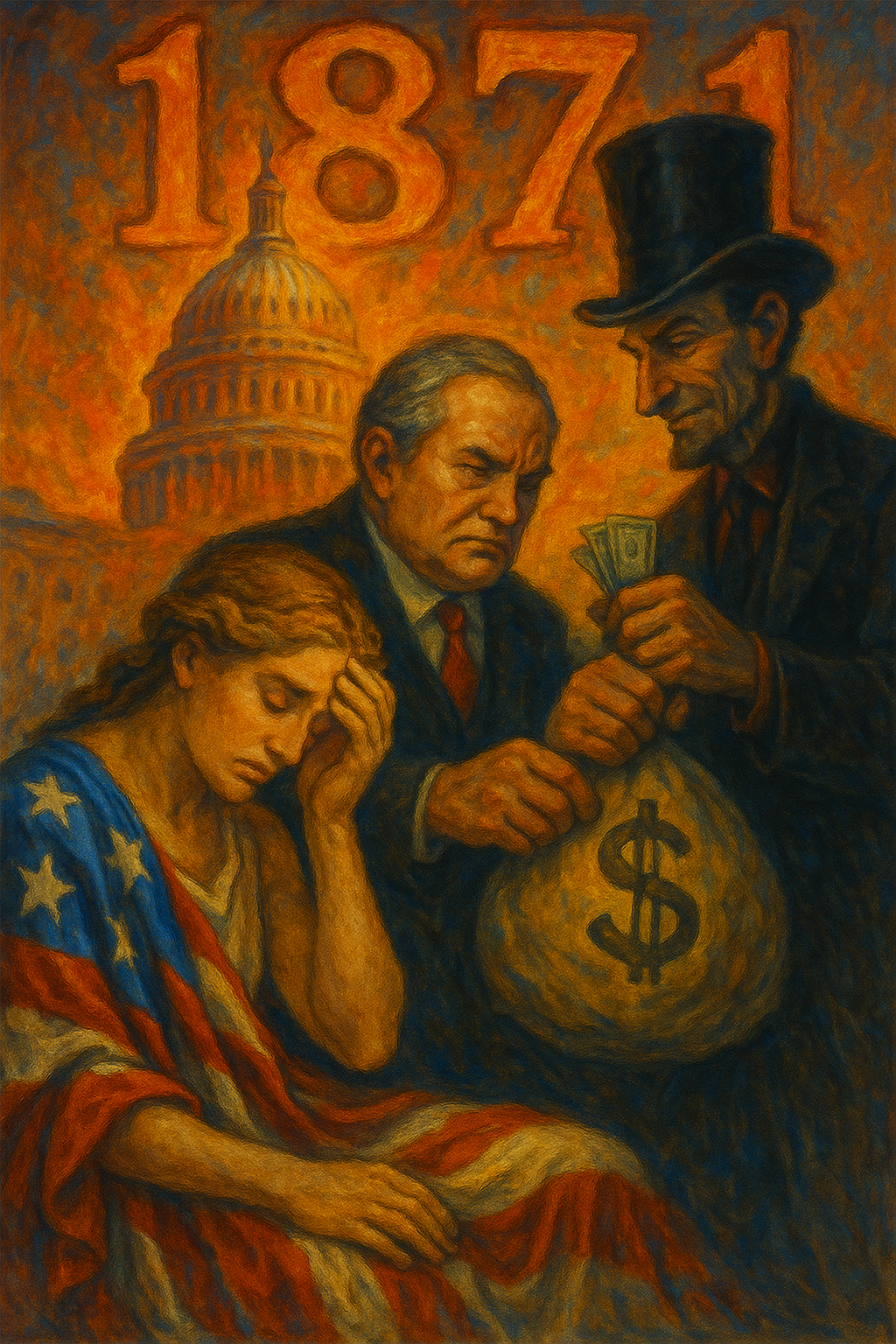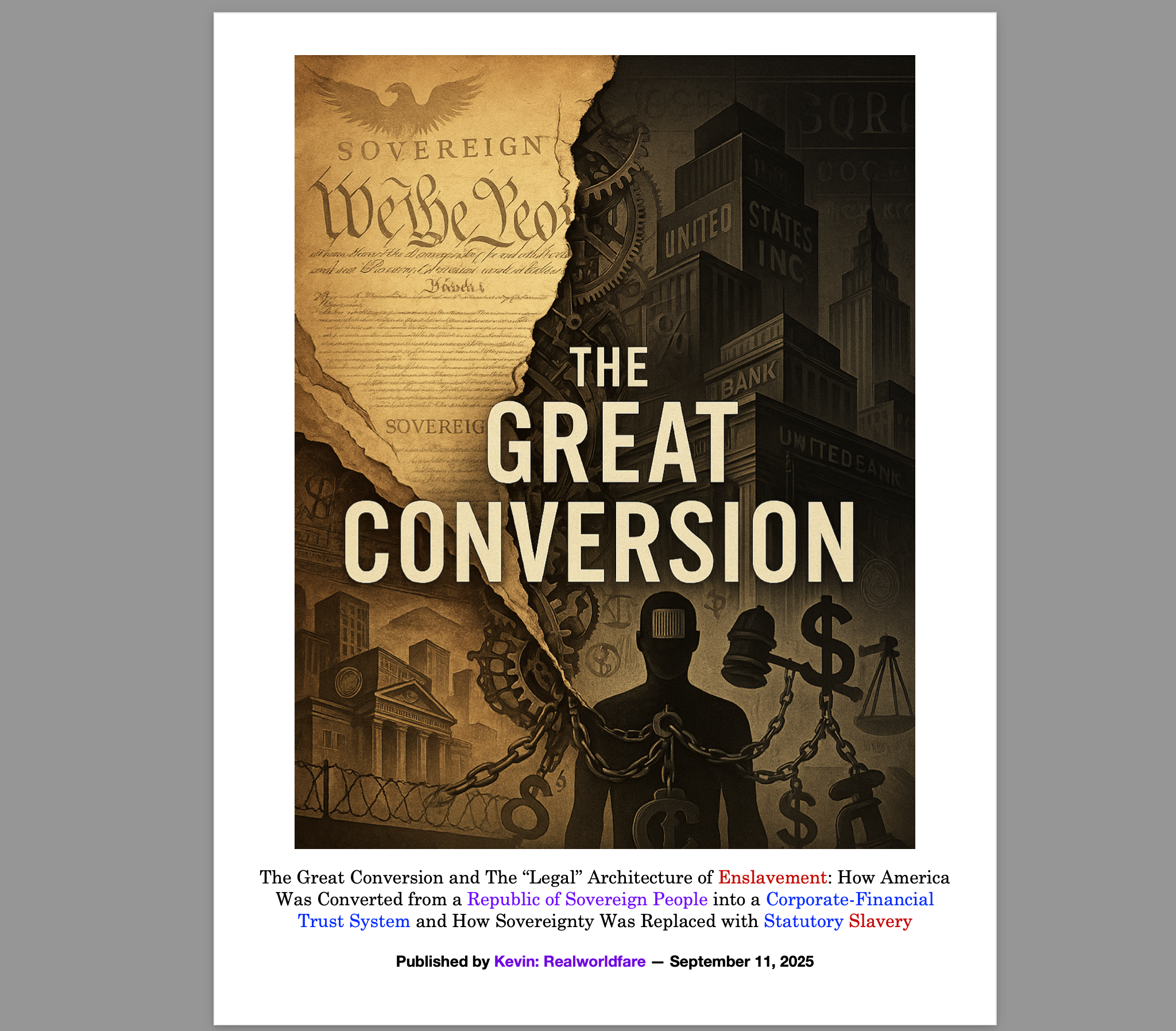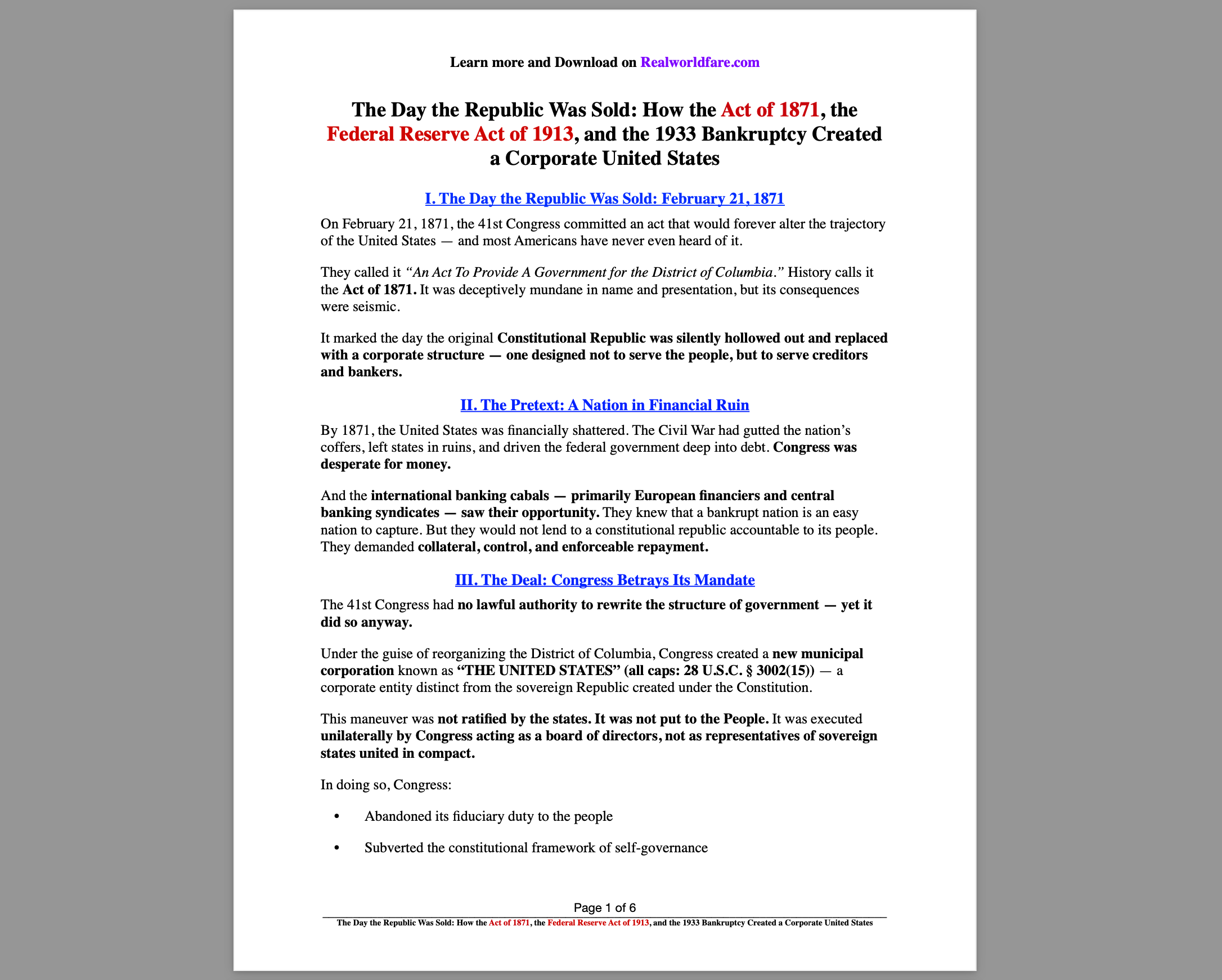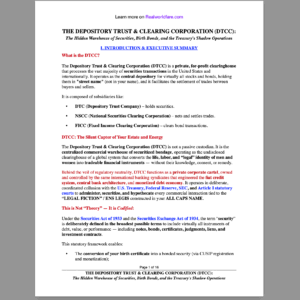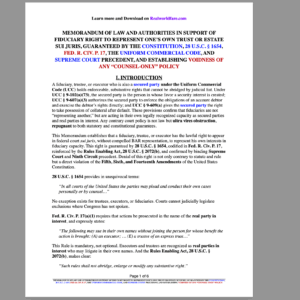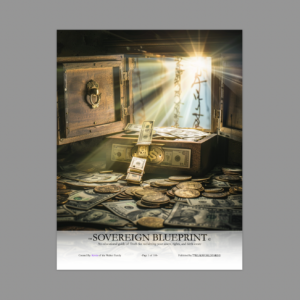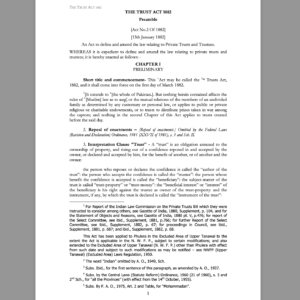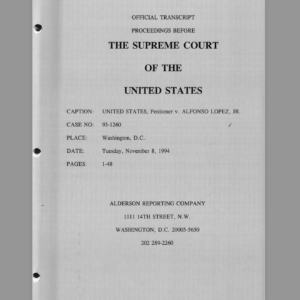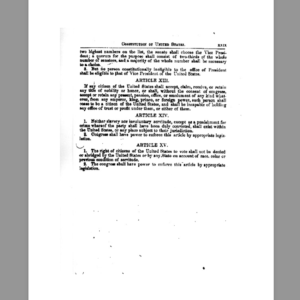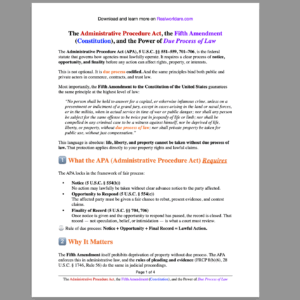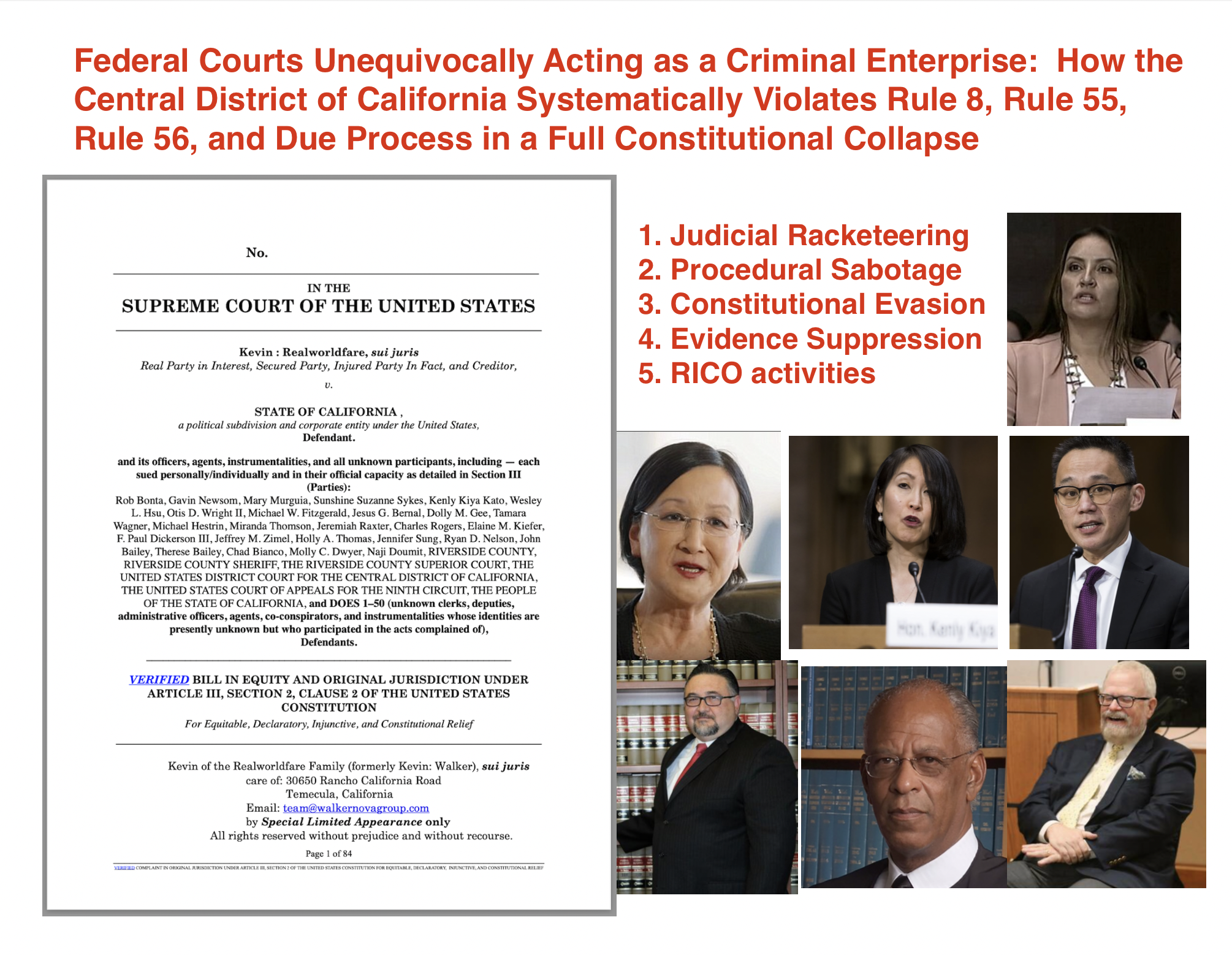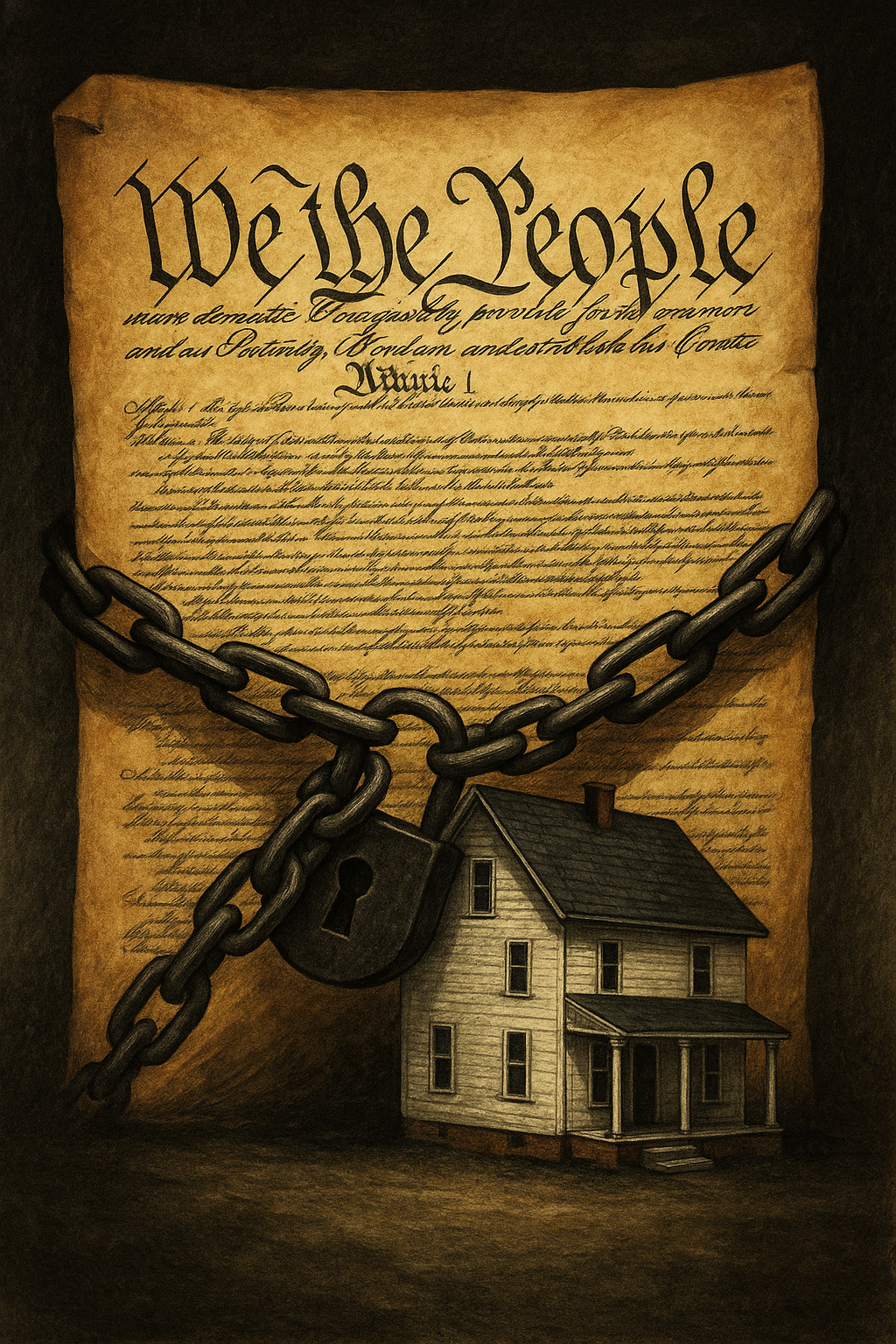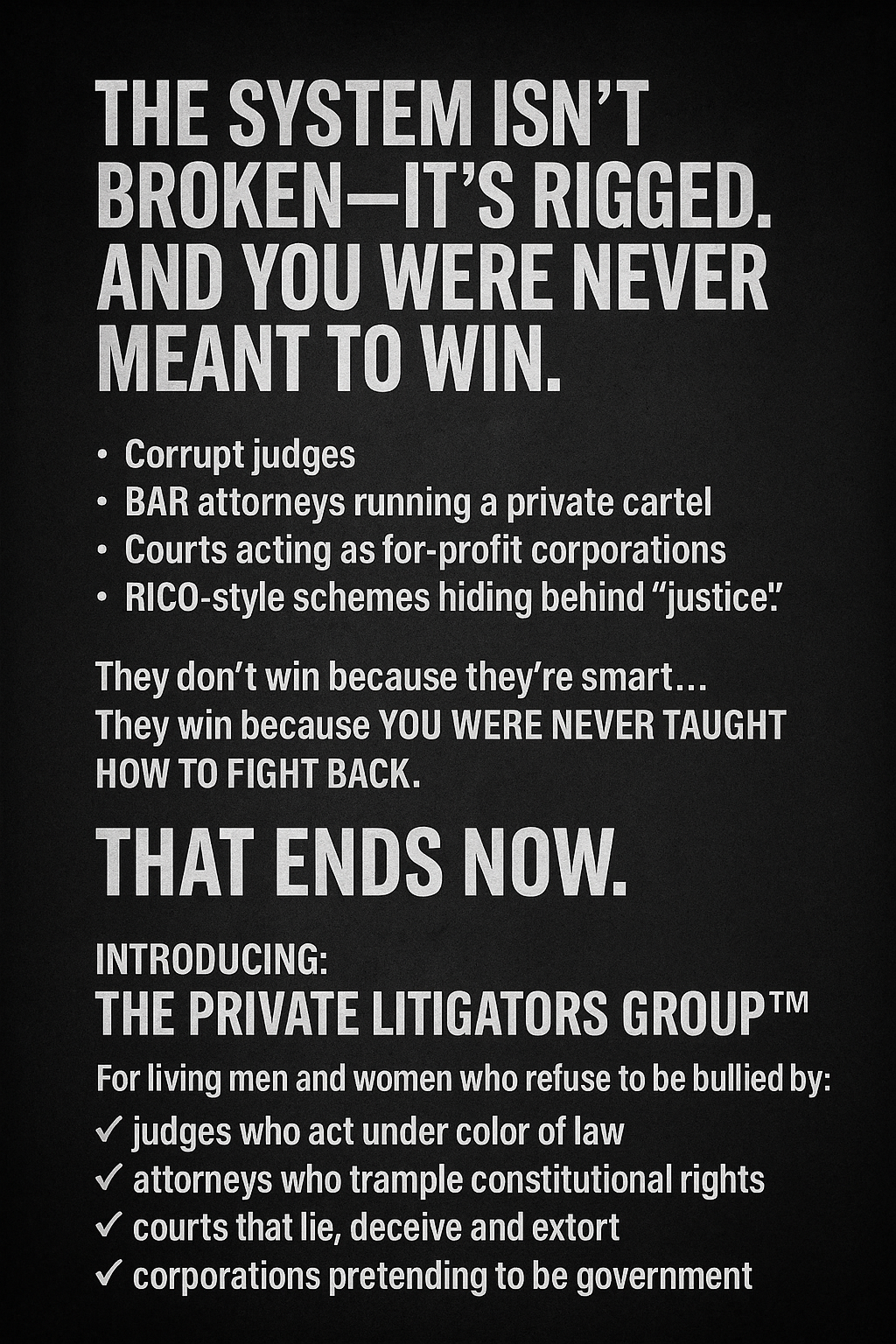The Day the Republic Was Sold: February 21, 1871
On February 21, 1871, the 41st Congress committed an act that would forever alter the trajectory of the United States — and most Americans have never even heard of it.
They called it “An Act To Provide A Government for the District of Columbia.” History calls it the Act of 1871. It was deceptively mundane in name and presentation, but its consequences were seismic.
It marked the day the original Constitutional Republic was silently hollowed out and replaced with a corporate structure — one designed not to serve the people, but to serve creditors and bankers.
The Pretext: A Nation in Financial Ruin
By 1871, the United States was financially shattered. The Civil War had gutted the nation’s coffers, left states in ruins, and driven the federal government deep into debt. Congress was desperate for money.
And the international banking cabals — primarily European financiers and central banking syndicates — saw their opportunity. They knew that a bankrupt nation is an easy nation to capture. But they would not lend to a constitutional republic accountable to its people. They demanded collateral, control, and enforceable repayment.
The Deal: Congress Betrays Its Mandate
The 41st Congress had no lawful authority to rewrite the structure of government — yet it did so anyway.
Under the guise of reorganizing the District of Columbia, Congress created a new municipal corporation known as “THE UNITED STATES” (all caps) — a corporate entity distinct from the sovereign Republic created under the Constitution.
This maneuver was not ratified by the states. It was not put to the People. It was executed unilaterally by Congress acting as a board of directors, not as representatives of sovereign states united in compact.
In doing so, Congress:
-
Abandoned its fiduciary duty to the people
-
Subverted the constitutional framework of self-governance
-
Placed the machinery of government under a corporate charter beholden to private creditors
It was, in essence, a hostile corporate takeover of the Republic itself.
The Consequence: A Government for Profit, Not the People
This corporate entity — “THE UNITED STATES” — became a for-profit municipal corporation domiciled in the District of Columbia. From that point forward, every institution that grew out of it has served commercial interests first and the public interest second.
This is why:
-
Laws are drafted as corporate statutes rather than constitutional mandates
-
Courts operate as admiralty/maritime tribunals enforcing contracts, not constitutional rights
-
Citizens are treated as corporate franchises (legal fictions) rather than living men and women
-
The federal government behaves like a credit-issuing bank, monetizing the labor and property of its people as collateral
The debt created in 1871 never vanished — it metastasized. It became the foundation of a permanent debt-based system designed to extract wealth, not uphold liberty.
The Next Betrayal: The Federal Reserve Act of 1913
Once the corporate shell existed, the bankers closed their trap.
In 1913, President Woodrow Wilson signed the Federal Reserve Act, handing the constitutional power to create and regulate currency to a private banking cartel called the Federal Reserve System.
This was not a government agency. It was, and remains, a private syndicate of international banks empowered to:
-
Issue all U.S. currency (Federal Reserve Notes)
-
Control the money supply and credit
-
Lend to the corporate UNITED STATES at interest
Wilson himself later admitted:
“I am a most unhappy man. I have unwittingly ruined my country… We have come to be one of the worst ruled, one of the most completely controlled and dominated governments in the civilized world… by the opinion and duress of a small group of dominant men.”
The corporate government was now permanently chained to private bankers, with the people as its revenue stream.
1917: The Trading With the Enemy Act — Declaring the People the “Enemy”
As the corporate UNITED STATES tightened its ties to private bankers and foreign creditors, it prepared for the next step: complete legal control over all property and commerce.
In 1917, Congress passed the Trading With the Enemy Act (TWEA), 50 U.S.C. § 4301 et seq.
Originally intended for wartime, it granted the President sweeping powers to:
-
seize or control all property, gold, and assets of anyone designated as an “enemy,”
-
regulate or prohibit all forms of trade, transactions, or contracts involving such persons, and
-
license all economic activity under executive control.
While it initially applied only to foreign enemies during World War I, it laid the legal foundation for something far more sinister:
declaring the American people themselves to be the “enemy” under emergency powers.
1933: Bankruptcy, Emergency Powers, and the Final Captivity of the People
By 1933, the debt-fueled system that began with the Act of 1871 and was cemented by the Federal Reserve Act of 1913 had collapsed.
The Great Depression gutted the economy, banks failed en masse, and the corporate UNITED STATES defaulted on its obligations.
President Franklin D. Roosevelt responded by declaring a national emergency and Congress passed the Emergency Banking Relief Act of March 9, 1933 (12 U.S.C. § 95a).
This Act did the unthinkable:
-
Amended the Trading With the Enemy Act of 1917 to apply during any national emergency
-
Reclassified all persons within the United States as “enemies” for purposes of governmental control over property and commerce
-
Granted the President sweeping executive powers to seize or regulate all gold, silver, property, banking, and credit
Within days, Roosevelt issued Executive Order 6102, which:
-
Confiscated all gold from the American people
-
Criminalized its private possession
-
Forced all gold to be turned over to the Federal Reserve’s member banks
Soon after, Congress passed House Joint Resolution 192 (June 5, 1933), which:
-
Suspended the gold standard
-
Declared all obligations payable only in fiat credit instruments issued by the private Federal Reserve
In effect, the government pledged all property, labor, and future productivity of U.S. citizens as collateral for the national debt.
From that moment forward, there has been no lawful money — only debt instruments created by the private Federal Reserve, lent to the corporate UNITED STATES, and passed to the people as obligations.
The people themselves — once sovereign — were legally reclassified as “enemies” and collateral.
Their wealth was seized, their labor monetized, and their future bound to an endless cycle of credit and debt.
This was the moment the trap fully snapped shut.
1953: The Bureau of Internal Revenue Becomes the IRS — A Foreign Trust Collecting for the Corporate United States
Once the people had been captured through the Federal Reserve debt system, the corporate UNITED STATES needed a permanent mechanism to extract tribute from its collateralized “citizen” franchises.
Originally created during the Civil War in 1862, the Bureau of Internal Revenue (BIR) operated as a wartime collection office under the Treasury — not created by statute as a lawful constitutional agency.
Then in 1953, Treasury Secretary George M. Humphrey issued Treasury Order 150-06, stating:
“The Bureau of Internal Revenue is hereby redesignated as the Internal Revenue Service.”
There was no Act of Congress creating the IRS as a lawful federal agency — only an internal Treasury order.
Instead, the IRS was quietly restructured as a trust instrumentality of the corporate UNITED STATES operating from Puerto Rico, which sits outside the 50 states and outside constitutional constraints.
In the U.S. Government’s own fiscal records (31 U.S.C. § 1321, Trust Fund #62) appears the “Puerto Rico special fund (Internal Revenue)” — a trust fund through which internal revenue is routed.
This is the bookkeeping foundation of what has long been referred to as “IRS Trust #62” — the offshore revenue-collection arm of the corporate UNITED STATES.
The IRS as Trustee Over the People’s Labor and Property
Since the 1933 bankruptcy, all property, labor, and future productivity of U.S. citizens has been pledged as collateral for the debt.
The IRS functions as the trustee and collection agent, administering and harvesting that collateral:
-
Collecting labor-tribute (“income taxes”) from citizen-franchises
-
Routing those funds through the Treasury and Federal Reserve system to service the interest on the debt
-
Operating from Puerto Rico as a foreign trust entity beyond constitutional limitations
The IRS is not a constitutional agency of the original Republic.
It is a collection arm of the corporate UNITED STATES and its creditors, enforcing commercial obligations against the people as sureties — not enforcing law, but extracting tribute.
The people are not its “citizens.”
They are its collateral.
The Illusion of Self-Government
Since 1871, every amendment, act, and policy has been funneled through this corporate structure. Elections give the appearance of representation, while the real loyalty of Congress and federal agencies lies with the creditors who hold the nation’s debt.
This is why no matter who is elected, the machinery never changes. The policies never shift in any meaningful way. The wars continue. The spending grows. The debt compounds.
Because corporations do not serve people — they serve profit.
The Verdict: Treason in Plain Sight
The Act of 1871 was not just a bureaucratic footnote. It was a silent coup d’état.
It marked the day Congress:
-
Broke the compact of the original Constitution
-
Surrendered national sovereignty to foreign creditors
-
Converted the Republic into a corporate debt farm
This betrayal has been buried under 150 years of legal obfuscation, semantic trickery, and patriotic theater. But the truth is brutal and undeniable:
The Republic was sold off to bankers on February 21, 1871 — and the people were never told.
The Reckoning Ahead
Until the people understand this foundational fraud, nothing will change. The charade will continue, the debt will deepen, and liberty will remain an illusion.
To restore the Republic, the Act of 1871 must be exposed, nullified, and dismantled — and sovereignty returned to the people where it lawfully belongs.
Because no contract of betrayal lasts forever.
And no amount of deception can erase the truth:
This nation was never meant to be a corporation.
The Way Out — Restoring the Republic and Ending the Corporate Captivity
The evidence is overwhelming:
What stands in Washington, D.C. is not the original constitutional Republic but a corporate empire — a foreign-controlled municipal corporation, with the people reduced to franchises, sureties, and enemy combatants under perpetual commercial war.
This system will never reform itself. It exists to harvest, not to serve. No election will fix it. No politician can — or will — dismantle the very corporate machine that funds their power.
The only remedy is separation, reclamation, and reconstruction.
⚔️ Step One: Revoke Consent and Exit the Corporate Jurisdiction
-
Lawfully rebut all presumptions of “U.S. citizen” status (14th Amendment corporate franchise) and reclaim standing as a living man or woman — the secured party, heir, and beneficiary.
-
Perfect private title and private rights through UCC filings, security agreements, and private trust structures.
-
Cease voluntary adhesion to their commercial system — licenses, registrations, and contracts that create the appearance of consent.
⚖️ Step Two: Build Parallel Private Governance
-
Form private membership associations (PMAs), private trusts, and private assemblies outside the corporate public domain.
-
Use private law, equity, and contract — not corporate statutes — to govern commerce and resolve disputes.
-
Establish alternative credit, trade, and education systems based on real assets and mutual benefit rather than debt.
🛡️ Step Three: Enforce Accountability and Expose the Fraud
-
Launch coordinated actions to demand public disclosure of the Act of 1871, the Federal Reserve Act, the 1933 bankruptcy, and the IRS’s trust structure.
-
File lawful claims, liens, and judicial notices to force record recognition of the corporate fraud.
-
Build independent media and legal networks to educate the people and strip away the illusion of self-government.
